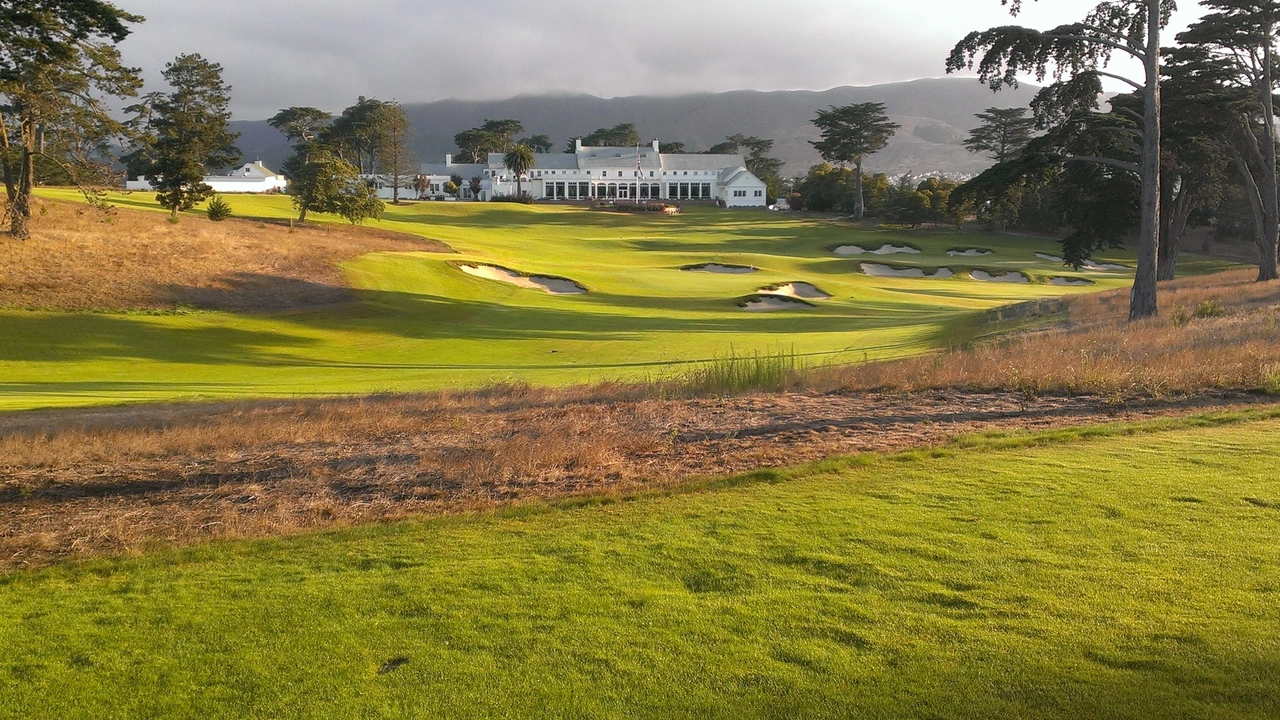Best Golf Courses: What Makes a Course Stand Out
When talking about best golf courses, the places that combine challenging layout, immaculate condition, and memorable scenery. Also known as top-tier courses, they attract players of every skill level and host major events. A key factor is golf course design, the art of shaping fairways, greens, and hazards to test strategy and precision. Equally important is golf equipment, the clubs, balls, and accessories that let players meet the course’s demands. Together they create the experience that defines the best golf courses tag.
Design, Terrain, and Player Experience
Every standout course starts with a clear design philosophy. Architects blend natural terrain with strategic bunkers, water features, and varied tee boxes, crafting a layout that rewards thoughtful play. The choice of grass type influences roll and speed, while drainage systems ensure playability after rain. Players notice how a well‑placed dogleg forces a precise iron shot, or how a fast green challenges putting technique. The right mix of difficulty and fairness means beginners can enjoy a round while seasoned golfers find a real test. In practice, the course’s design directly affects club selection – a longer par‑5 might call for a driver with a low launch angle, whereas a tight fairway invites a high‑lofted iron.
Beyond design, the condition of the course ties directly to equipment performance. Modern golf clubs, engineered with variable flex shafts and optimized clubface geometry let players exploit the subtle contours of a premium green. A stiffer shaft benefits faster swing speeds on a firm fairway, while a more flexible one helps maintain control on softer turf. Likewise, a ball with a higher spin rate can hold the line on a tight fairway, but may balloon on a windy, open hole. When a course hosts a major tournament, these equipment choices become even more critical, as players fine‑tune their gear to match the course’s quirks.
Major championships and elite tours often choose the most revered courses for their events. When a golf tournament, a competitive event that attracts professional fields and media attention lands on a venue, the course’s reputation soars. The tournament’s history adds a narrative layer – think of iconic holes that have decided championships for decades. This heritage influences how clubs market themselves, promoting models tested on those exact surfaces. Players also adapt their strategy: a course known for a tricky bunker trio may see more players favoring a higher‑lofted wedge to attack safely. Meanwhile, the presence of a tournament often improves course maintenance standards, which in turn raises the day‑to‑day experience for all visitors.
All these pieces – design, terrain, equipment, and tournament pedigree – weave together to define what makes a course truly great. Below you’ll find a curated set of articles that dive into each aspect, from choosing the right clubs for a hilly fairway to understanding how tournament history shapes course upgrades. Whether you’re planning your next tee time or simply curious about what separates a good course from the best, the posts ahead give you practical insights and real‑world examples to elevate your game.

What are some of the best golf courses in California?
California is truly a golfer's paradise, boasting some of the finest golf courses in the world. Pebble Beach Golf Links, for example, is a breathtakingly beautiful course with stunning ocean views. Another notable mention is the Cypress Point Club, known for its challenging layout and spectacular coastal scenery. Courses like Torrey Pines and Spyglass Hill are also top-tier, offering excellent playing conditions and unique landscapes. Whether you're a pro or a beginner, these courses in California provide an unforgettable golfing experience.